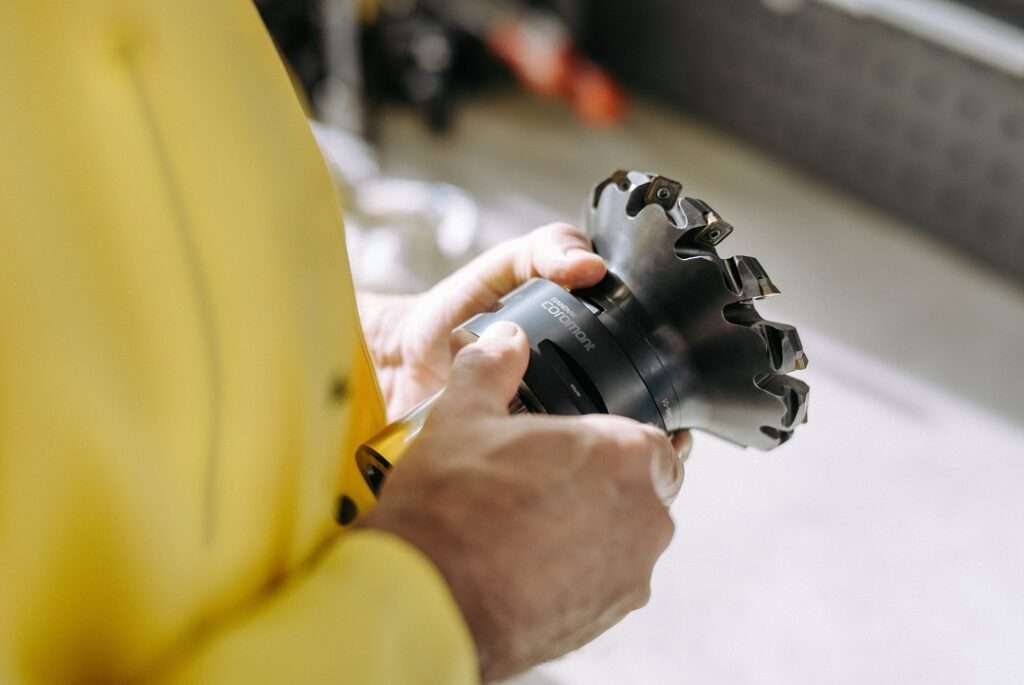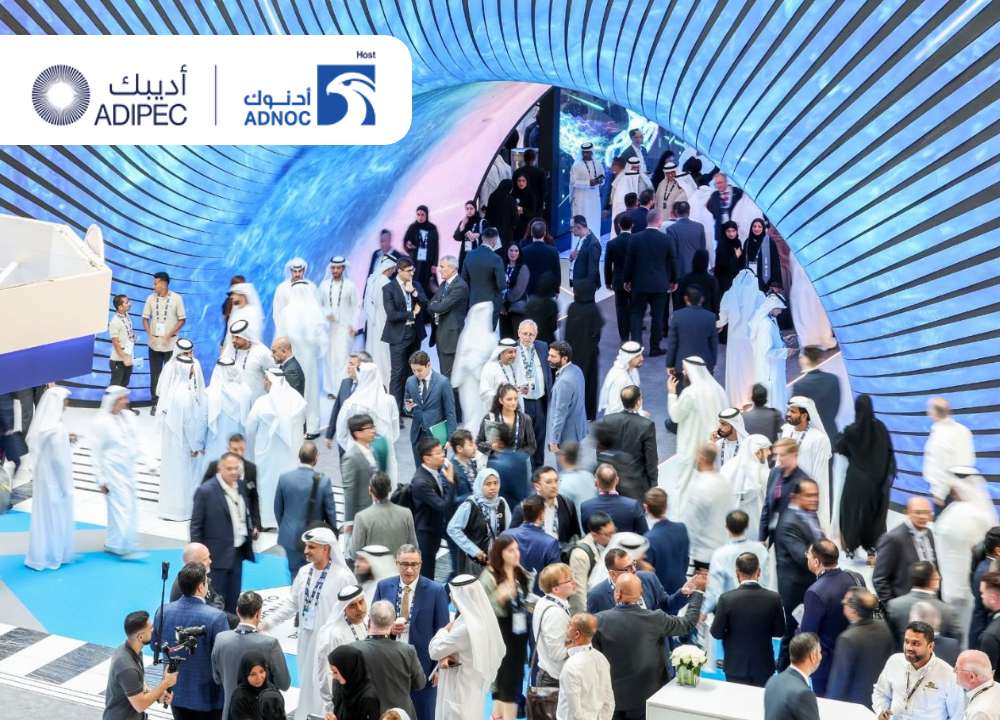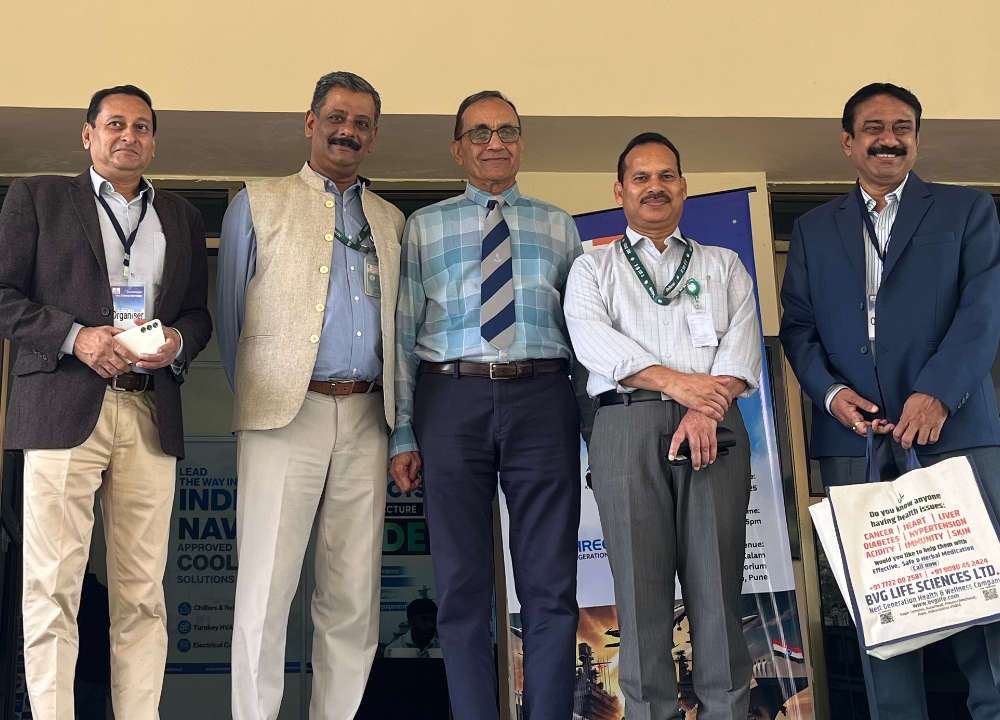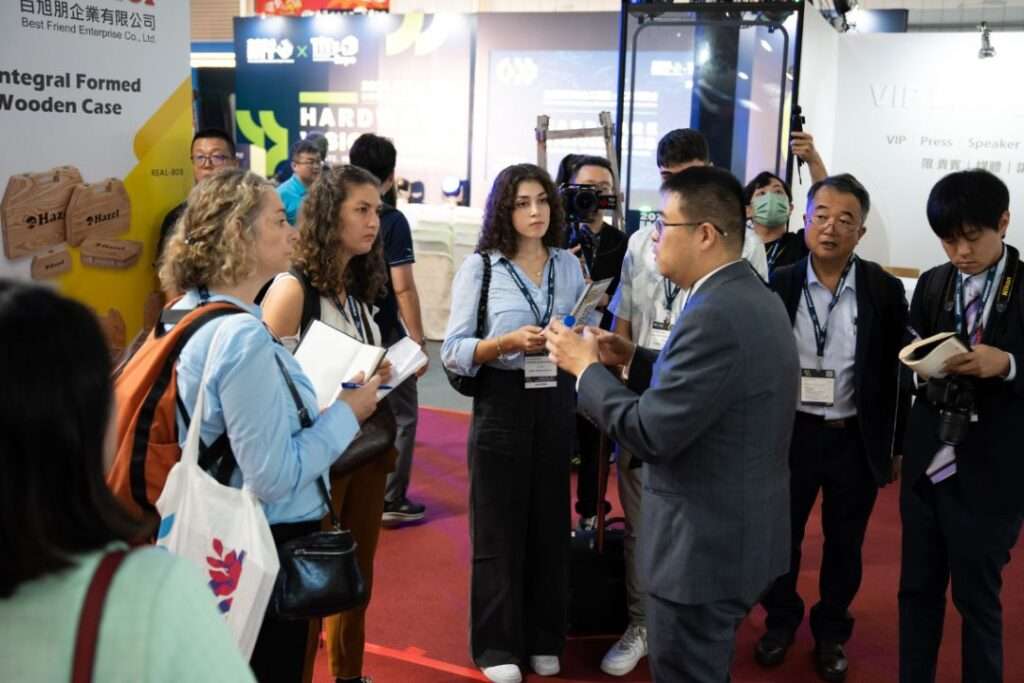India is intensifying its hydrogen fuel efforts with a revamped funding approach aimed at fostering innovation and scalability rather than merely minimizing costs. The Ministry of New & Renewable Energy (MNRE) is focusing on accelerating hydrogen commercialization, particularly in the heavy-duty trucking sector.
Previously, funding decisions were made through a top-down process, but the government has now adopted a collaborative approach, consulting industry leaders to address specific challenges to market adoption. According to Dr P.A. Chaphekar, Deputy Secretary at MNRE, this shift is designed to avoid “paper tiger” projects—those that remain theoretical without delivering real-world outcomes.
Hydrogen-powered heavy-duty trucks represent a critical step toward decarbonizing India’s transportation sector. While the high cost and limited infrastructure for fuel cell technology have slowed progress, hydrogen-internal combustion engine (H-ICE) technology offers a more viable commercialization pathway, potentially within two to three years.
The government’s new funding criteria emphasize innovation, scalability, and clear market deployment strategies over cost considerations. Pilot projects are now seen as opportunities to refine technologies and gain practical insights.
“Cost should not determine project selection; the focus must be on innovation and scale,” Chaphekar stated during a seminar hosted by ARAI in Pune titled “Hydrogen: Emerging Technology Scenario for ICE Application.”
This strategy also calls for a stronger partnership between the government and industry. While MNRE has engaged with industry associations such as SIAM, it is urging companies to submit detailed, data-driven proposals that highlight specific challenges and solutions.
By fostering open dialogue and collaboration, India aims to overcome barriers to hydrogen adoption and achieve large-scale implementation. “Without scale, cost parity remains unattainable. Our goal is to promote scale as quickly as possible,” Chaphekar emphasized.








